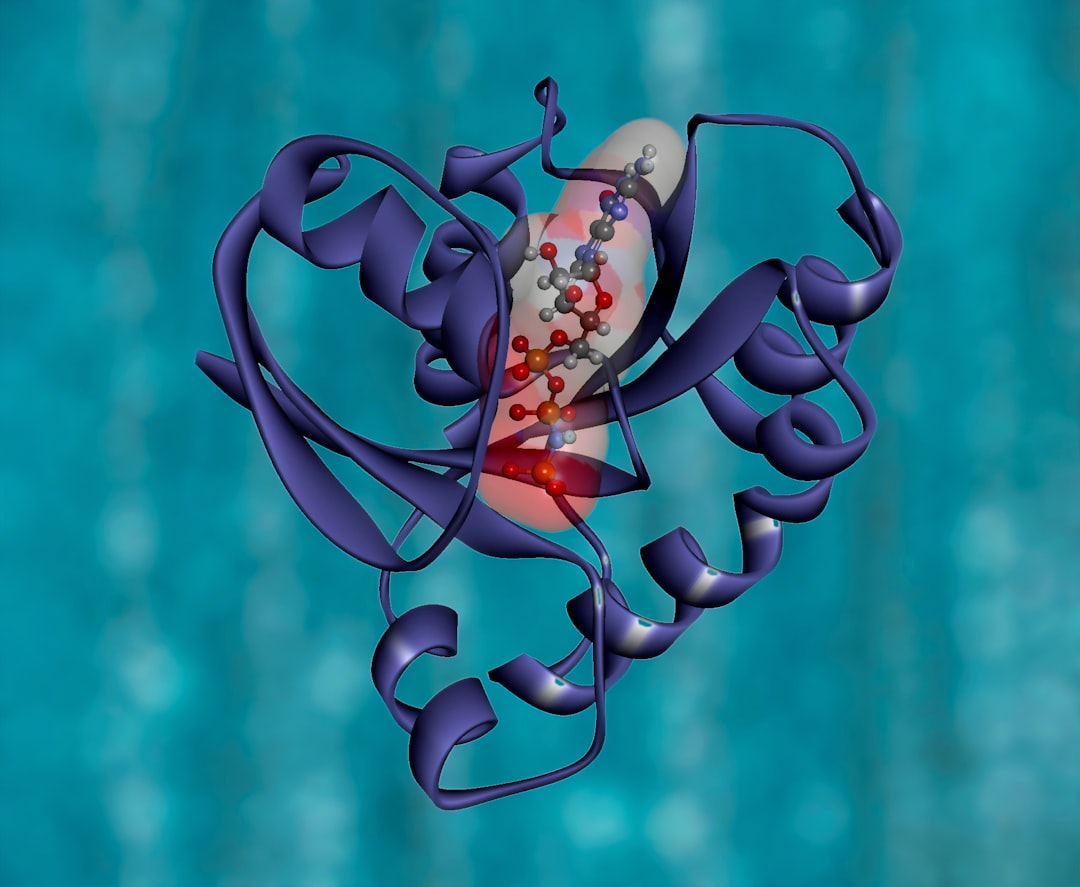What is it about?
A common cause of recurring rhabdomyolysis, a condition in which damaged skeletal muscle cells release their contents in the blood stream, in children are mutations in the protein lipin 1. This protein is an important regulator of metabolism that supports two distinct cellular processes: making lipid and using lipid. We studied two different mouse models of mutated lipin 1 specifically in their skeletal muscles in which the protein was either completely absent or only partially deleted resulting in an ability to support lipid synthesis, but preserved lipid use. In both models, these mice present with damaged skeletal muscle cells that worsens with age. Other features of these mice include more abundant, yet abnormal mitochondria which may result from dysfunctional lipid metabolism and defects in the way proteins are normally broken down and recycled in the muscle cells. These mice, similar to what is observed in humans with lipin 1 mutations, have increased plasma creatine kinase when undergoing fasting and exhaustive endurance exercise. The data we present suggest that lipin 1 deficient mice lacking this lipid synthesis activity may represent a promising model to study the human condition and test therapeutic approaches.
Featured Image
Why is it important?
As the initial observation of skeletal muscle abnormalities in whole body Lpin1 knockout mice have a host of other pathologies (lipodystrophy, peripheral neuropathy) that are not seen in humans with Lpin1 deletions, we felt it was important to study this protein deficit by developing and examining mouse models without the other physiological complications. This was accomplished by employing a more targeted approach using two different models Lpin1 deficiency that is deleted specifically in the skeletal muscle. This intervention resulted in mice that more closely resembled the human condition.
Perspectives
This work represents the outcome of a large group collaboration with experts from many diverse fields. It is our hope that these mice become a helpful model system for examining Lpin1 deficiency to ultimately guide future therapeutic advances of the human condition.
George Schweitzer
Washington University in Saint Louis
Read the Original
This page is a summary of: Loss of lipin 1–mediated phosphatidic acid phosphohydrolase activity in muscle leads to skeletal myopathy in mice, The FASEB Journal, January 2019, Federation of American Societies For Experimental Biology (FASEB),
DOI: 10.1096/fj.201800361r.
You can read the full text:
Contributors
The following have contributed to this page










